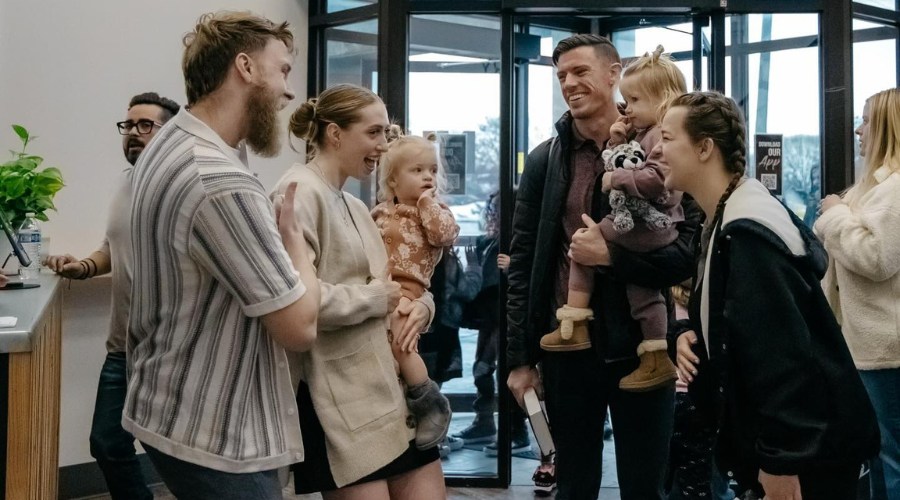
Sunsets and waterside wonders on Instagram transport you right out of that office cubicle. Through videos about warm relationships in quaint towns, YouTube stirs a yearning at home.
David Elijah has realized that such images and stories of life draw people into new thoughts, ways of life and relationships. That’s why the pastor of New Hope Calvary Chapel sees social media as one of the church’s most effective tools.
“The majority of new people who walk through our doors are from our online presence,” he said. “We have dumped a lot of resources into that because it works.”
New Hope’s success in Lehi, Utah — where 97% of the community identifies as Latter-day Saints — requires creating an authentic and invitational social media presence. Elijah said digital perceptions now influence people the way our five physical senses used to.
As a result, local churches must utilize social media as an extension of their ministry.
“You have to give them a good sense of who you are, and whatever you do, make it inviting,” Elijah said.
Meaningful online connections motivate people to attend church because of what they see and feel when they look at a screen.

Elijah said the Converge Rocky Mountain church budgets to buy digital ads tied to particular search terms. A church should begin with the keywords people search for when they seek churches near them, he said.
New Hope also posts on Facebook, TikTok, Instagram and YouTube. They post sermon clips, Scripture verses and sights and sounds of the church from various experiences.
Not that every interaction goes smoothly. When the church’s online ministry reveals tension, the church responds to every critic with grace and invitation.
“We do reply to everyone, even negative comments,” Elijah said. “We always try to engage in conversation.”
That willingness to build trust and relationships has helped the six-year-old church overcome their community’s resistance to the gospel. The church started with around 50 people and grew to 250 worshipers.
Then came the pandemic and social disruptions of the last few years. New Hope persevered and has now returned to 250 people on a Sunday. Every week, one or two new families visit the church.
Every New Hope Calvary Chapel guest hears the same question: “How’d you find New Hope Calvary Chapel?”
Elijah said the most common answer is Instagram. The second most common answer, he said, is Google. Unless the church meets people where they are, he knows the world settles for sunrises and sentimental movies.
“You have an opportunity to utilize one of the greatest tools that is in existence today to share about the love of Jesus,” he said. “Why wouldn’t you do it?”
Converge is a movement of churches working to help people meet, know and follow Jesus. We do this by starting and strengthening churches together worldwide. For 170 years Converge has helped churches bring life change to communities in the U.S. and around the world through church planting and multiplication, leadership training and global missions.